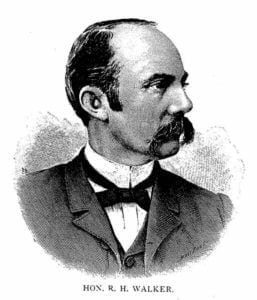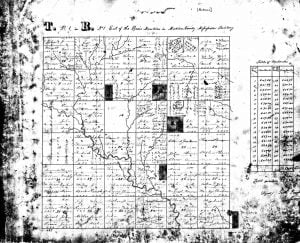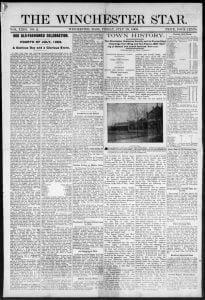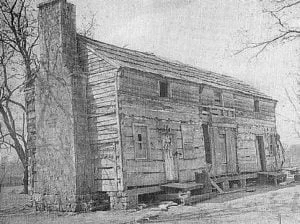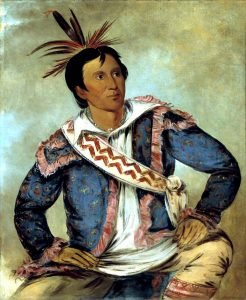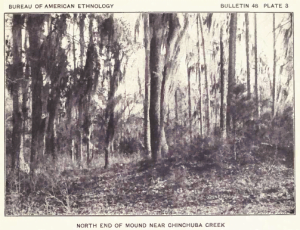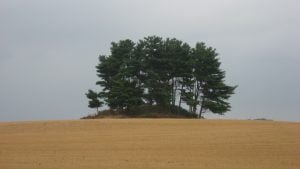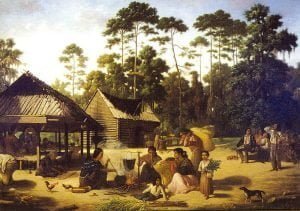Henry County Alabama Biographies
These 59 people who once resided in Henry County, Alabama, have had biographical details published online or in book form. Please click on their names to view the biographies available for each of them. Aycock, William B. Baker, Joseph Beach, Henry M. Bradley, William E. Capps, William Jefferson Crawford, A. C. Crawford, James R. Crawford, James W. Darby, John Isaac Dawsey, John F. Dawsey, Thomas J. Drewry, John W. Espy, John Jolly Espy, Joseph S. Espy, Thomas M. Forrester, B. A. Foster, John Webb Fowler, J. L., Dr. Gordon, Alexander C. Helton, James Herring, Bright W. Holley, Francis M. Irwin, … Read more

